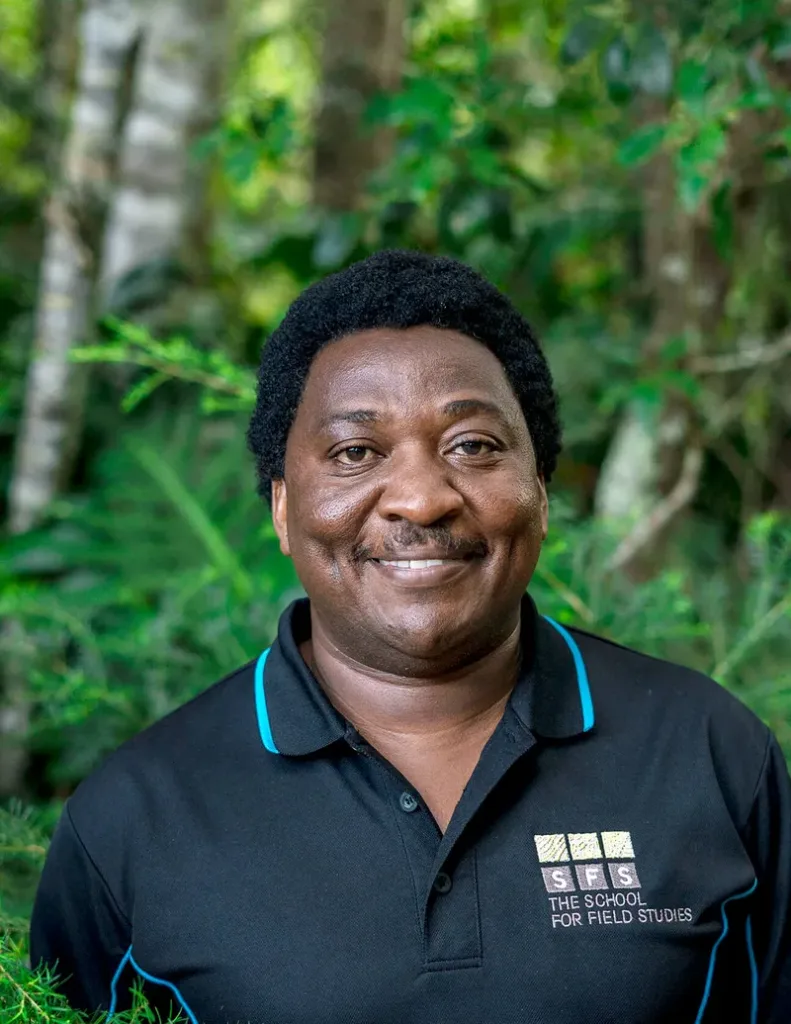
By: Justus Kithiia, PhD
Is That Cassowary Poop?
The day had finally arrived! Our top choices had been reviewed and we were finally assigned our highly anticipated directed research groups. Each group, led by a professor, focuses on adding data to research that is a part of a five-year plan. Within each research group, each student focuses on a question that suits their interests personally. Directed Research was one of the main aspects that attracted me to an SFS program and being able to add knowledge to a bigger question within the scientific community sounded like a dream deal.
My group, “The Cathedral Figs,” led by our Natural Resource Management professor, Catherine Pohlman, was in charge of surveying a mixture of 8 different sites of primary growth and secondary growth. Within a 50 x 10m transect, we collected data on tree height, diameter at breast height (DBH), species, and coarse woody debris. Our overall goal was to compare differences in forest composition with regards to age and distance from other continuous forests. Secondary forests (which include growth after a disturbance such as a cyclone or agricultural land abandonment) are quickly becoming the predominant type of regrowth around the world. Additionally, it is crucial to determine the productivity of secondary regrowth especially in the biodiversity hotspot of the Wet Tropics Australia.
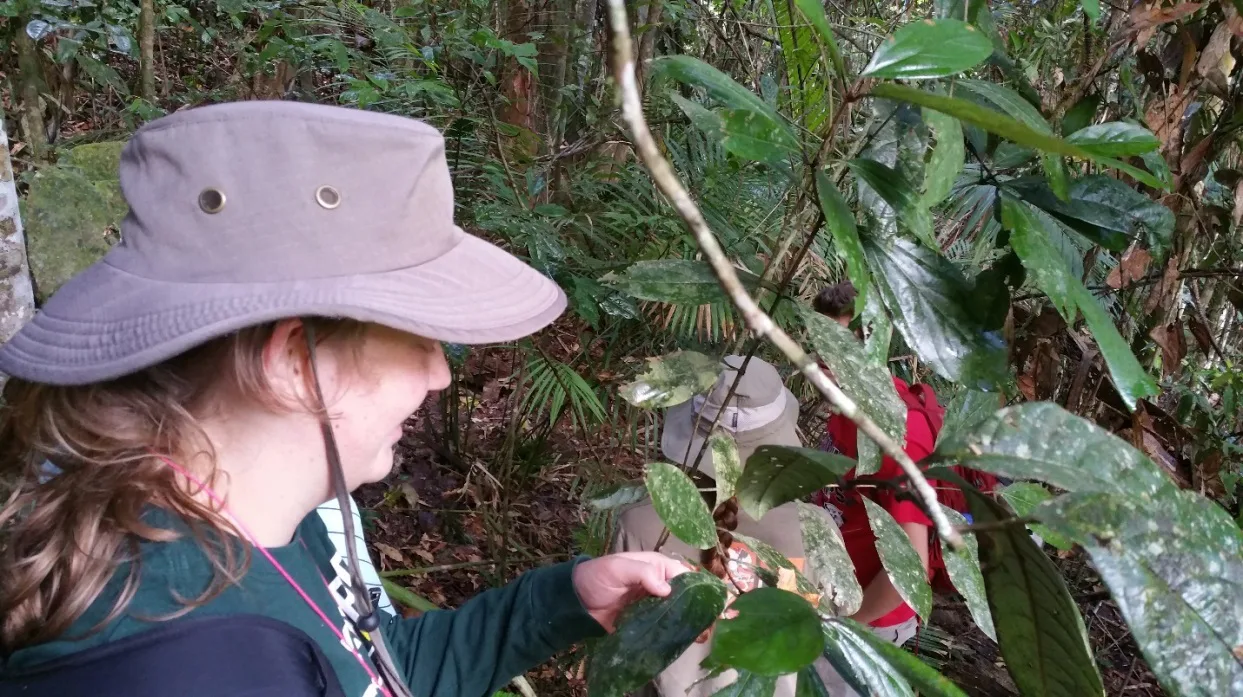
On paper, this may seem straightforward but the actuality of fieldwork never works that way! The days were long and tedious and not surprisingly, the dense Australian rainforest is not the easiest place to figure out the height of a tree. Our enemy, the prickly wait-a-while vine was also pretty determined to be in our way at every step.
These issues were insignificant, however, compared to the rewarding experience of fieldwork. One of the best parts was finally getting into a rhythm of data collection. Any issue that seemed overwhelming on the first day quickly began to get smaller as enjoying the sight of the beautiful rainforest surrounding us took center stage. We even got to visit the Cathedral Fig, a 46-meter fig tree that is over 500 years old!
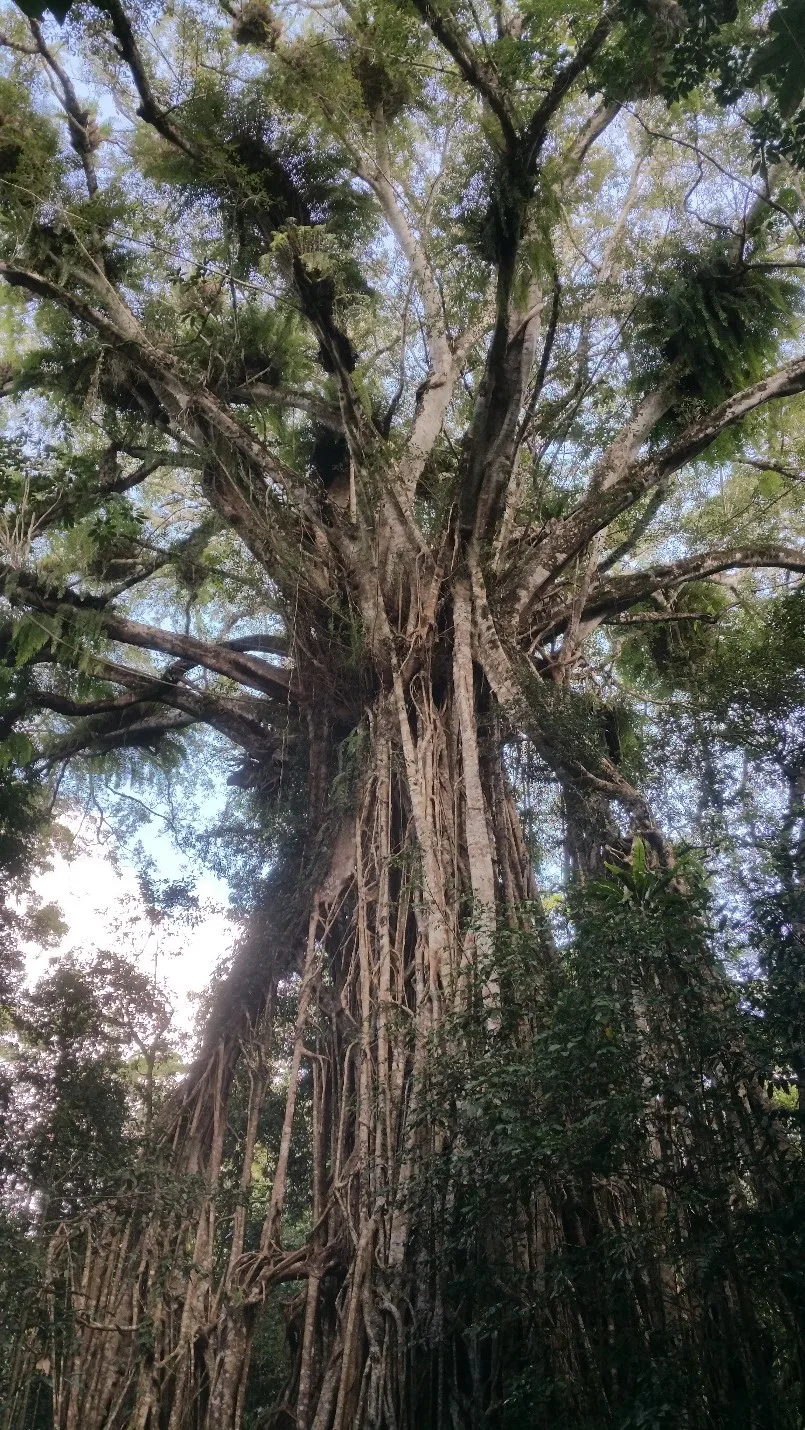
My research question focuses on the presence of fruiting trees within each transect. Fragmentation of rainforest patches can deter fruit dispersers such as birds which are responsible for over 70% of dispersal in the Wet Tropics. Therefore, it was reassuring to see some Cassowary poop within one of our sites! The Cassowary is a large prehistoric bird exclusively responsible for dispersing over 70 species of large fruit! Now that field work is complete, I am excited to examine the data we have worked hard to collect!

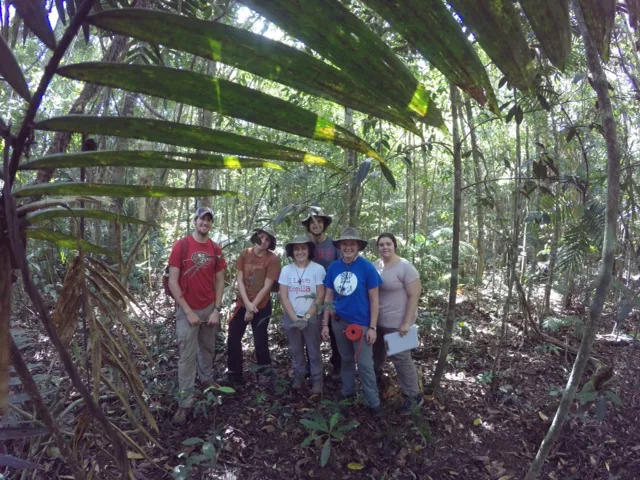
Photo Credit: Lucy Portman
Related Posts
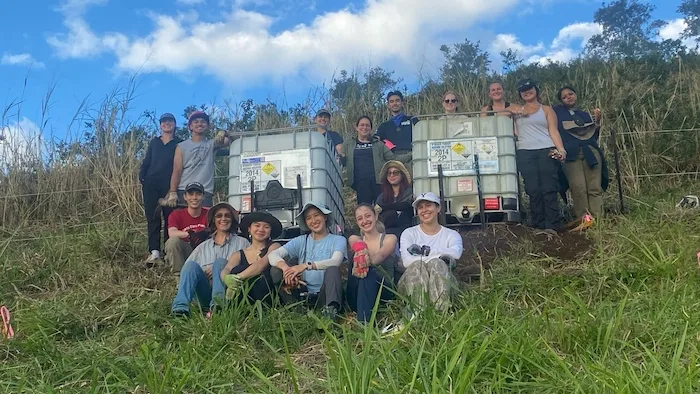
Restoration on a Cinder Cone: A Syntropic Story

